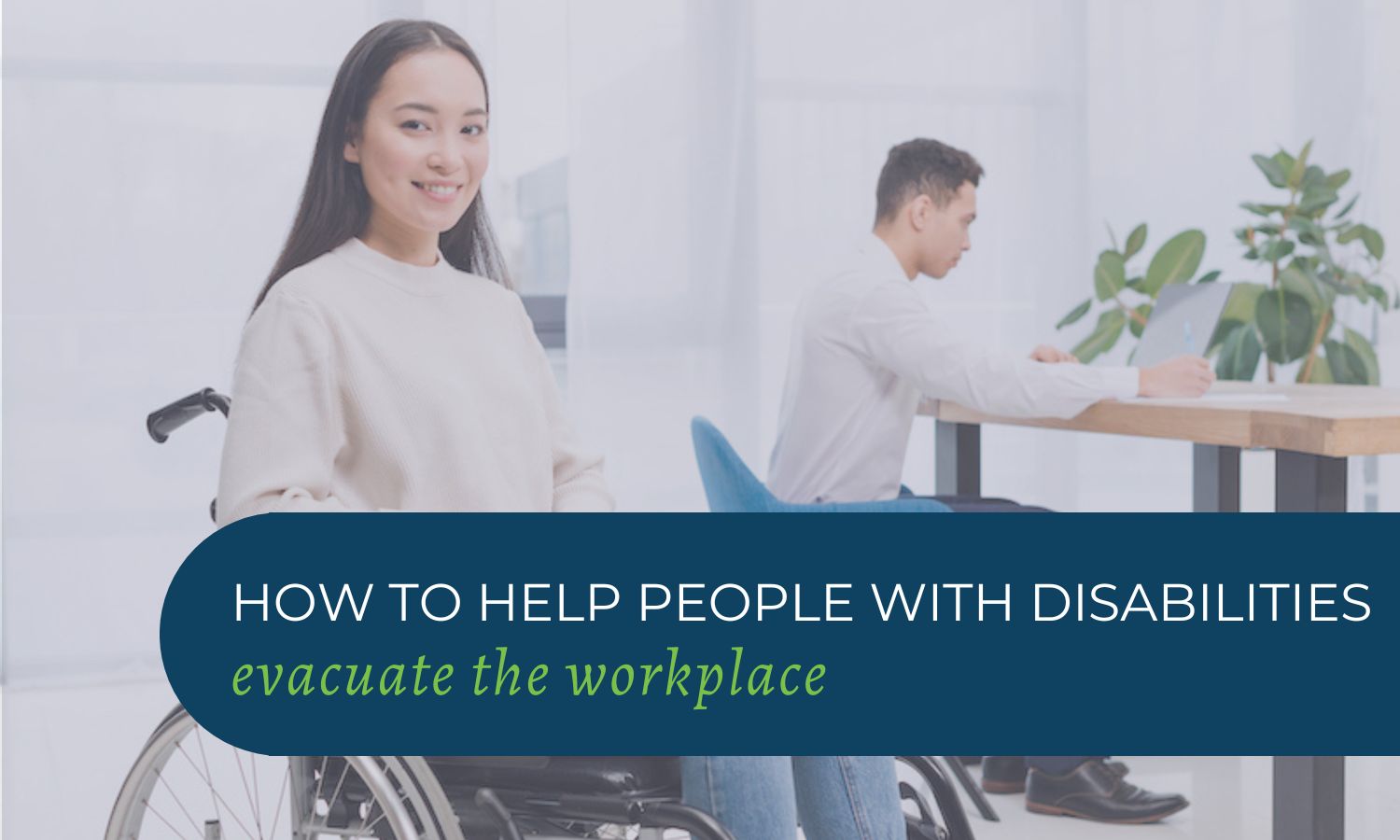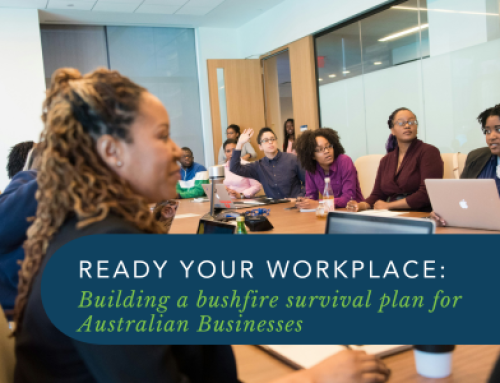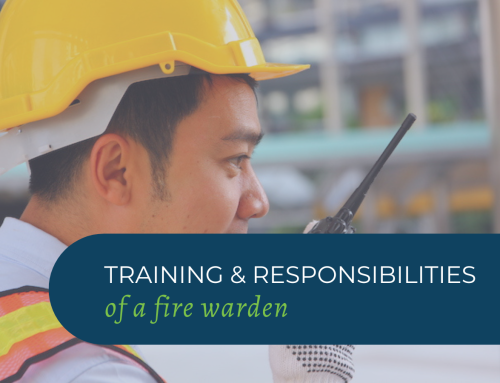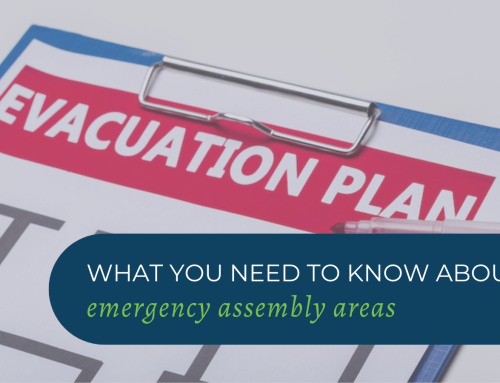Effective Workplace Health & Safety (WHS) means that workplace emergency management plans and procedures must include strategies for people with disabilities. Whether it’s for a lockdown, fire, or any other type of emergency, special consideration must be taken to assist them in staying safe.
Consulting with the individuals about their disabilities will help you more thoroughly prepare for emergencies, as no two disabilities are exactly the same.
You are responsible for ensuring that anyone with a disability in your facility is able to safely evacuate and that all staff know how to assist in the correct manner. Here’s what you need to know about helping people with disabilities evacuate the workplace.
Develop and implement a PEEP for each person who is disabled
A PEEP (Personal Emergency Evacuation Plan) is crucial for ensuring individuals with special needs are able to safely evacuate.
As the name suggests, a PEEP is an individualised plan of action in case of an emergency. It outlines how to provide the specific assistance required by each person with a disability in order to evacuate the premises in an emergency.
Each PEEP should be organised and put in place as soon as possible so that the chief fire warden knows what assistance is needed and by who.
General considerations for people with different disabilities
The chief fire warden, as well as all other fire wardens and safety officers, must know who in the building needs help evacuating, and how to do so by way of their PEEPs.
These are just generalised suggestions because, as mentioned above, each person with a disability is unique and has different requirements.
Individuals who are visually impaired
Whether they have low vision or are blind, you can help these individuals evacuate safely by:
- Using bright edges on the steps in the fire stairwells to assist those who have low vision
- Installing TGSIs (tactile ground surface indicators) before any fire stairs, to alert people with visual impairments that the ground has changed

Individuals who are hearing impaired or deaf
To effectively alert employees who are deaf or hard of hearing during an emergency, workplaces should install visual alarm systems such as flashing lights. These visual alarms must be strategically placed throughout the facility to ensure visibility from all areas, including break rooms and bathrooms.
Without these visual alerts, employers must assign a dedicated staff member to assist hearing-impaired individuals during evacuations and other emergencies. Ensuring accessible emergency alerts is a key part of workplace safety and WHS compliance.
Wheelchair users
It is the fire warden’s responsibility to alert emergency personnel that there is a wheelchair user in the building. While it may seem like the right thing to do, it’s not suggested that you carry the individual and lift them out of their wheelchair.
Fire stairwells can be a safe place for wheelchair users to seek protection, as they can keep the smoke and fire away for nearly two hours, which allows time for emergency services to rescue the individual in a safe manner.
These stairwells should have enough room on each landing for the person in their wheelchair to easily maneuver themselves if needed.

Individuals with intellectual disabilities or learning difficulties
It’s important to always identify yourself first when approaching an individual with an intellectual or learning disability, and give them simple, easy to follow instructions to help them safely evacuate.
Assigning a coworker to buddy up with an individual with these needs is a great way to ensure they’re kept safe.
Inclusivity in the workplace doesn’t stop at hiring people with disabilities; it is your duty to ensure that there are plans and procedures in place so that they can safely evacuate in the event of an emergency.
All staff in your facility should participate in evacuation drills regularly, including practice for evacuating people with disabilities.
Conducting regular evacuation drills ensures everyone knows how to respond during an emergency, helping to minimise risk and keep all employees safe. For expert advice on workplace evacuation procedures and training, contact Workplace Emergency Management today.
GET IN TOUCH
Are you ready for peace of mind that your workforce is as safe and prepared as possible?
With a dedicated team of staff ready to help you meet compliance requirements and improve the overall safety of your workplace, all you need to do is get in touch.
Request your free audit today!



